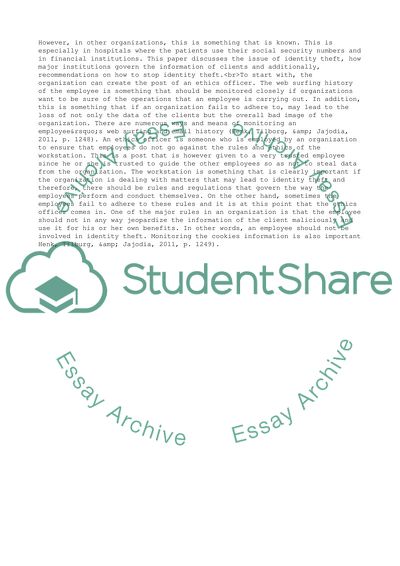Cite this document
(“Identity Theft in the Organization Research Paper”, n.d.)
Retrieved from https://studentshare.org/business/1591336-the-topic-of-the-paper-is-on-a-attached-file
Retrieved from https://studentshare.org/business/1591336-the-topic-of-the-paper-is-on-a-attached-file
(Identity Theft in the Organization Research Paper)
https://studentshare.org/business/1591336-the-topic-of-the-paper-is-on-a-attached-file.
https://studentshare.org/business/1591336-the-topic-of-the-paper-is-on-a-attached-file.
“Identity Theft in the Organization Research Paper”, n.d. https://studentshare.org/business/1591336-the-topic-of-the-paper-is-on-a-attached-file.


